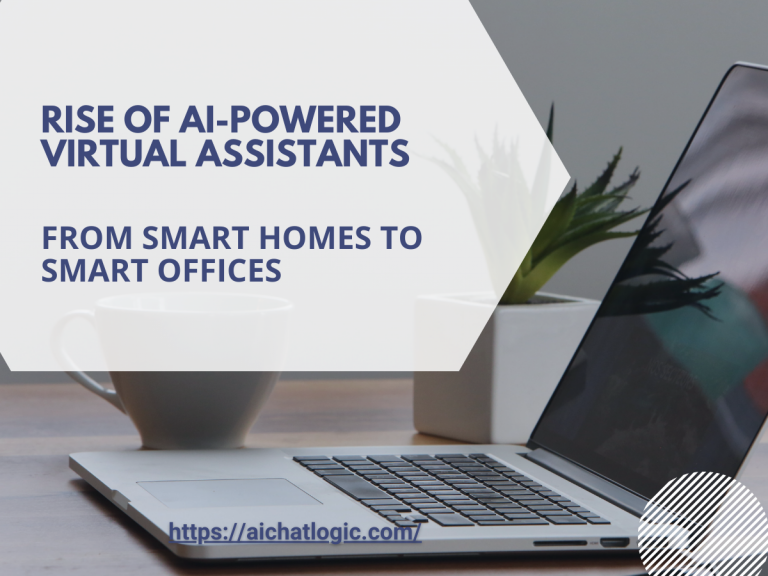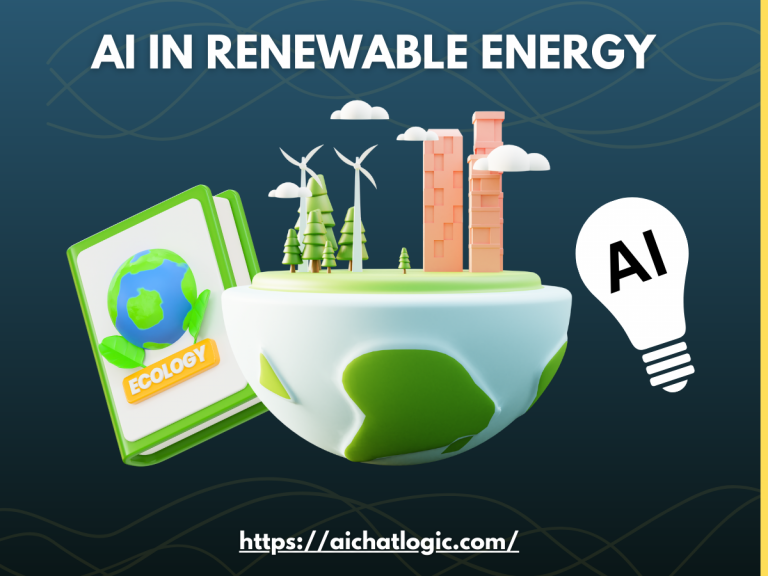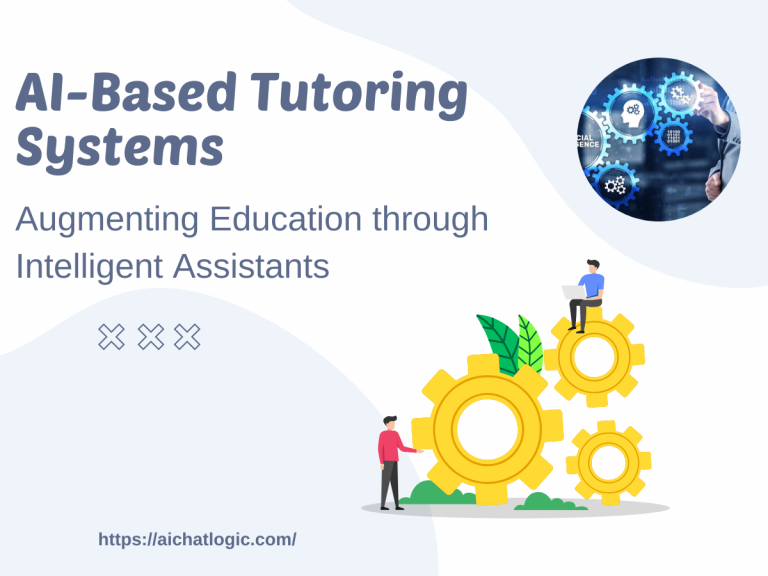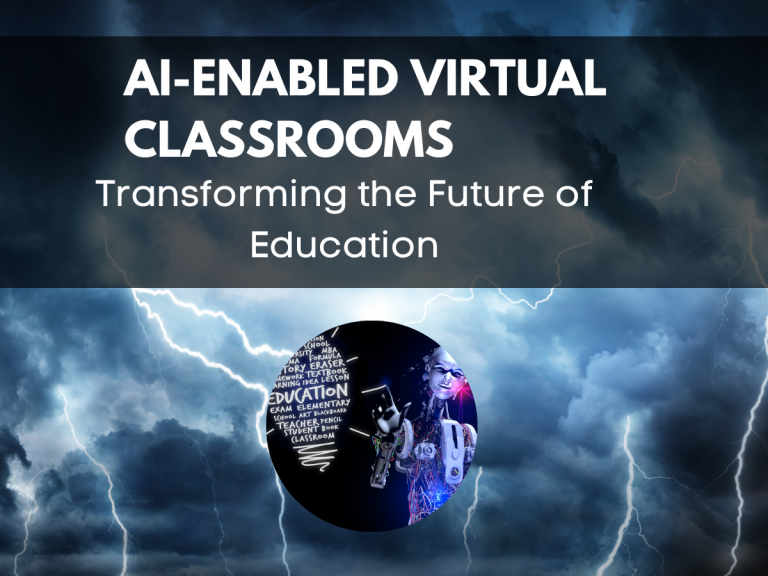1. Introduction
In today’s rapidly advancing technological landscape, artificial intelligence (AI) has made significant strides in various domains. One area where AI has shown immense potential is in the field of emotional intelligence. By harnessing the power of AI, researchers and developers have been able to unlock human-like emotional understanding, allowing machines to interpret and respond to human emotions more effectively than ever before. This article explores the concept of AI-powered emotional intelligence, its benefits, challenges, and the future implications it holds.
2. Understanding Emotional Intelligence
2.1 What is Emotional Intelligence?
Emotional intelligence refers to the ability to recognize, understand, and manage emotions effectively, both in oneself and in others. It encompasses skills such as empathy, self-awareness, emotional regulation, and social awareness. Traditional approaches to emotional intelligence primarily rely on human interpretation and analysis. However, with advancements in AI, machines can now be trained to recognize and interpret emotions, enabling them to engage with humans on a deeper emotional level.
2.2 The Importance of Emotional Intelligence
Emotional intelligence plays a crucial role in human interaction and decision-making. It affects various aspects of our lives, including personal relationships, workplace dynamics, and overall well-being. Individuals with high emotional intelligence are often better equipped to handle stress, resolve conflicts, and build meaningful connections. By integrating emotional intelligence into AI systems, we can create more empathetic and responsive technologies that cater to human needs and preferences.
3. The Role of AI in Emotion Recognition
3.1 AI and Facial Expression Analysis
One of the key ways AI contributes to emotional intelligence is through facial expression analysis. By leveraging computer vision algorithms and deep learning techniques, AI models can analyze facial features and movements to determine emotions accurately. This capability has wide-ranging applications, from improving virtual communication to enhancing user experience in various domains such as gaming, healthcare, and marketing.
3.2 AI and Voice Emotion Detection
In addition to facial expression analysis, AI-powered systems can also detect emotions through voice analysis. By analyzing speech patterns, tone, and pitch, AI algorithms can identify emotional cues and classify them into different emotional states. This technology has the potential to revolutionize industries like call centers, where understanding customer emotions can lead to improved service and customer satisfaction.
4. Benefits of AI-Powered Emotional Intelligence
4.1 Improving Human-Computer Interaction
By incorporating AI-powered emotional intelligence into human-computer interfaces, we can create more intuitive and personalized interactions. Machines equipped with emotional understanding can adapt their responses based on user emotions, leading to more engaging and effective communication.
4.2 Enhancing Customer Experience
AI-powered emotional intelligence has the potential to transform customer experience in various industries. For example, in e-commerce, intelligent chatbots can analyze customer emotions and tailor their responses accordingly, providing personalized recommendations and support. This level of emotional understanding can foster stronger connections between businesses and customers, leading to increased satisfaction and loyalty.
4.3 Assisting in Mental Health Diagnosis
AI-powered emotional intelligence also holds promise in the field of mental health. By analyzing patterns in speech, facial expressions, and physiological signals, AI algorithms can help in early detection and diagnosis of mental health conditions. This technology can augment the efforts of healthcare professionals, leading to more accurate and timely interventions.
5. Ethical Considerations in AI-Powered Emotional Intelligence
As AI-powered emotional intelligence becomes more prevalent, it raises important ethical considerations. Privacy concerns, data bias, and the potential for emotional manipulation are some of the key areas that need careful attention. Striking the right balance between technological advancements and ethical practices is essential to ensure the responsible development and deployment of AI systems.
6. Challenges and Limitations
6.1 Data Bias and Accuracy
AI-powered emotional intelligence heavily relies on training data. If the training data is biased or limited, it can lead to inaccurate emotion recognition or reinforce societal biases. Ensuring diverse and representative datasets, coupled with robust validation techniques, is crucial to overcome this challenge.
6.2 Privacy Concerns
Emotion recognition often involves capturing and analyzing personal data, raising concerns about privacy and data security. Stricter regulations and transparent practices are needed to protect individuals’ privacy rights while leveraging AI-powered emotional intelligence effectively.
7. Future Implications and Possibilities
The future of AI-powered emotional intelligence is promising. As technology continues to evolve, we can expect more sophisticated algorithms and systems that can understand and respond to emotions with greater accuracy. This advancement opens up possibilities for improved mental healthcare, personalized learning experiences, and enhanced human-machine collaboration.
8. Conclusion
AI-powered emotional intelligence represents a significant breakthrough in the field of AI and human-computer interaction. By enabling machines to recognize and respond to human emotions, we can create more empathetic and intuitive technologies. However, ethical considerations, such as privacy and data bias, must be addressed to ensure responsible and beneficial implementation. As we continue to unlock the potential of AI, emotional understanding will play a vital role in shaping the future of human-machine interactions.
FAQs
Q1: How does AI recognize emotions in facial expressions?
AI recognizes emotions in facial expressions by using computer vision algorithms and deep learning techniques. These algorithms analyze facial features and movements to identify patterns associated with specific emotions.
Q2: Can AI accurately detect emotions through voice analysis?
Yes, AI can accurately detect emotions through voice analysis. By analyzing speech patterns, tone, and pitch, AI algorithms can classify emotional cues and determine the emotional state of the speaker.
Q3: How can AI-powered emotional intelligence benefit customer experience?
AI-powered emotional intelligence can enhance customer experience by enabling personalized interactions and tailored responses based on customer emotions. This can lead to improved satisfaction and loyalty.
Q4: What are some challenges in AI-powered emotional intelligence?
Some challenges include data bias and accuracy, as well as privacy concerns related to the capture and analysis of personal data for emotion recognition purposes.
Q5: What are the future implications of AI-powered emotional intelligence?
The future implications include advancements in mental health diagnosis, personalized learning experiences, and improved human-machine collaboration through enhanced emotional understanding.












+ There are no comments
Add yours